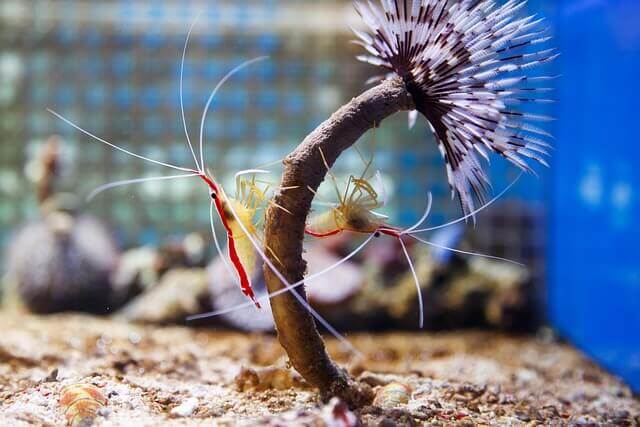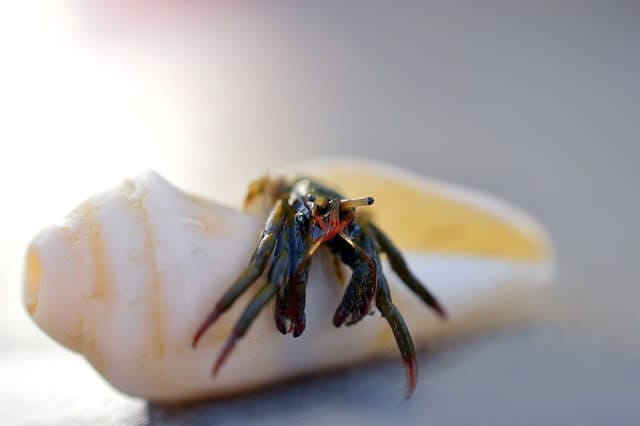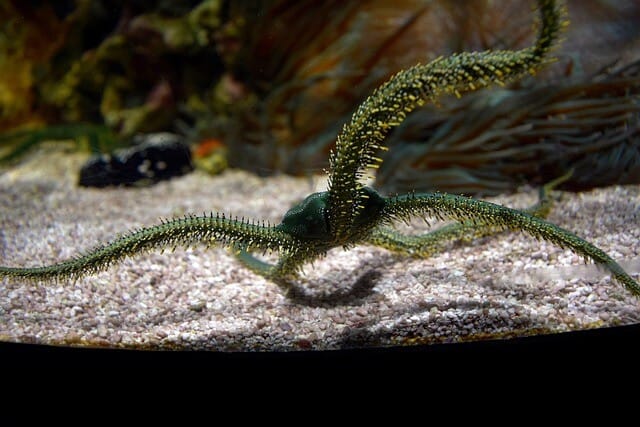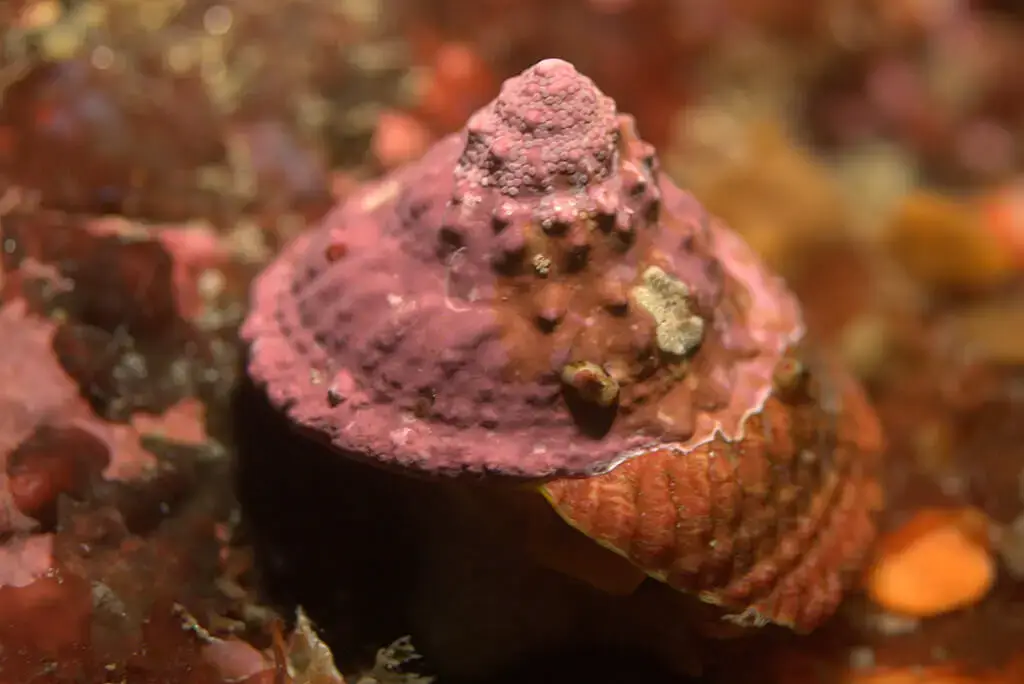Reef Tank Behaviour: Understanding Marine Invertebrates
The Importance of Understanding Invertebrate Behaviour
• Enhance Tank Harmony: Reduce aggression and competition among tank inhabitants.
• Improve Health: Provide environments that meet the specific needs of each species.
• Increase Longevity: Ensure a longer, healthier life for your invertebrates by minimising stress.
• Optimise Breeding: Create conditions conducive to natural behaviours, including breeding.
Common Marine Invertebrates and Their Behaviours
1. Shrimp
Cleaner Shrimp (Lysmata amboinensis)

• Behaviour: Cleaner shrimp are known for their mutualistic relationship with fish. They set up “cleaning stations” where fish come to have parasites removed.
• Interaction: Generally peaceful, but can be territorial with their own kind.
• Tip: Provide plenty of hiding spots to reduce territorial disputes.
Harlequin Shrimp (Hymenocera picta)

• Behaviour: These shrimp are specialised predators that feed almost exclusively on starfish.
• Interaction: Best kept as pairs, they can be aggressive towards other shrimp species.
• Tip: Ensure a steady supply of starfish to meet their dietary needs.
2. Crabs
Hermit Crabs
(Paguristes cadenati)

• Behaviour: Known for their constant search for new shells, hermit crabs are active and curious.
• Interaction: Generally peaceful, but may compete for shells.
• Tip: Provide an assortment of empty shells to reduce competition and aggression.
Emerald Crabs
(Mithraculus sculptus)

• Behaviour: Emerald crabs are excellent algae eaters and can help control unwanted algae growth.
• Interaction: Peaceful but can become territorial if not well-fed.
• Tip: Supplement their diet with algae wafers if natural algae is insufficient.
3. Starfish
Serpent Starfish (Ophiuroidea)

• Behaviour: Nocturnal and often hide during the day, emerging at night to feed.
• Interaction: Generally peaceful and beneficial for detritus cleanup.
• Tip: Provide caves and crevices for hiding and consider nocturnal feeding.
Sand Sifting Starfish (Astropecten polycanthus)

• Behaviour: These starfish burrow through the sand, helping to keep the substrate clean and aerated.
• Interaction: Peaceful and rarely interact directly with other tank inhabitants.
• Tip: Ensure a deep sand bed for natural behaviour and sufficient food availability.
4. Snails
Turbo Snails (Turbo spp.)

• Behaviour: Active grazers, Turbo snails are excellent at controlling algae.
• Interaction: Peaceful and beneficial for tank cleanliness.
• Tip: Ensure stable rockwork as they can dislodge loose rocks while grazing.
Nassarius Snails
(Nassarius spp.)

• Behaviour: Scavengers that burrow in the sand, emerging to feed on detritus and leftover food.
• Interaction: Peaceful and rarely seen during the day.
• Tip: Supplement their diet with sinking pellets if necessary.
5. Anemones
Bubble Tip Anemones (Entacmaea quadricolor)

• Behaviour: Provide shelter for clownfish and can move around the tank to find suitable conditions.
• Interaction: Generally peaceful but can sting corals and other invertebrates if they get too close.
• Tip: Ensure stable water conditions and adequate lighting to keep them healthy and stationary.
6. Sea Cucumbers
Tiger Tail Sea Cucumber (Holothuria hilla)

• Behaviour: Detritus feeders that sift through the sand, contributing to substrate health.
• Interaction: Peaceful and beneficial for maintaining clean sand.
• Tip: Ensure a mature tank with plenty of organic matter for feeding.








